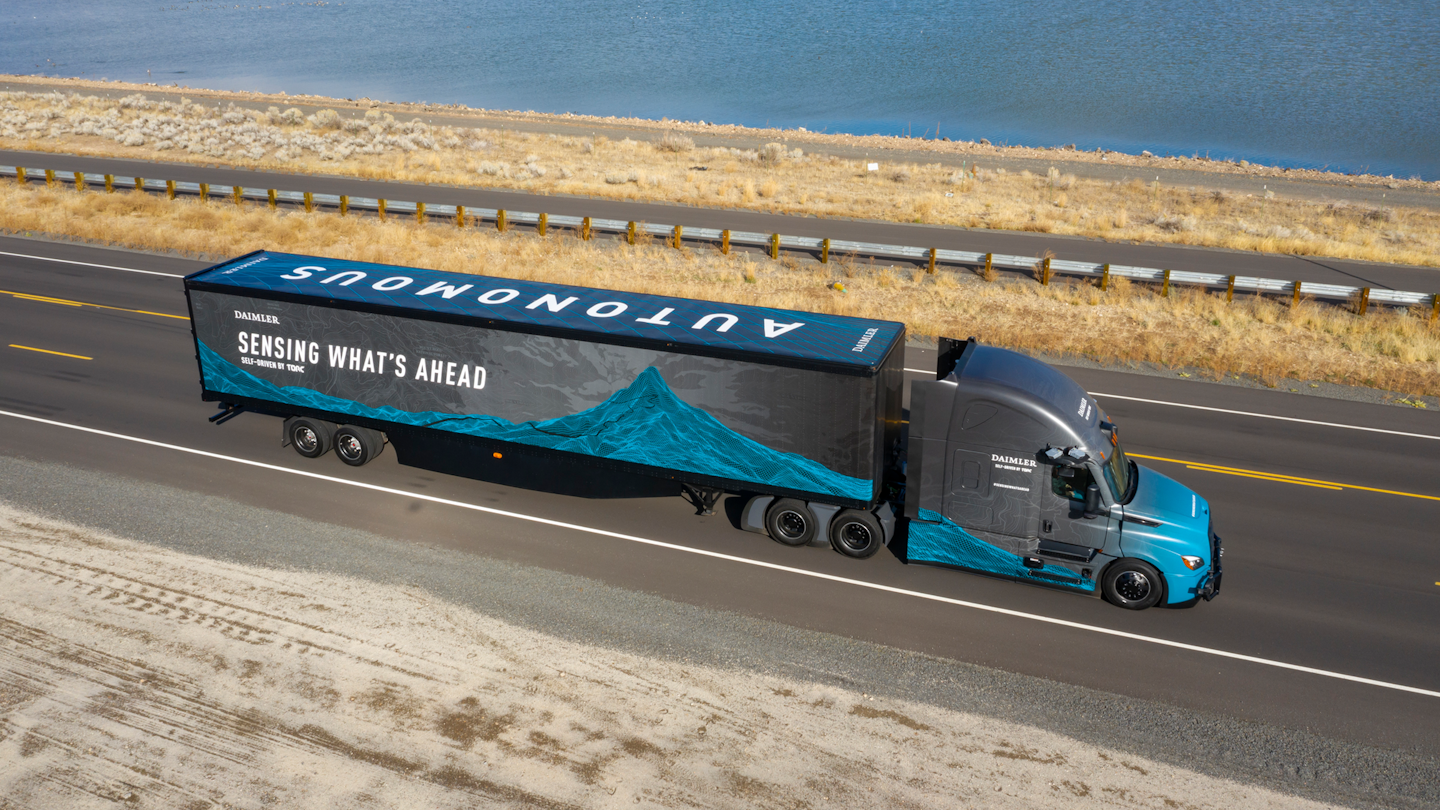According to AWS, its capabilities are designed to provide rapid, secure data transfer, intelligent tiered storage, managed orchestration and analytics tools, and high-performance multi-core CPU and GPU compute to help Torc rapidly scale its platform.
Torc Robotics has selected Amazon Web Services (AWS) as its preferred cloud provider to handle the scale and speed needed for data transfer, storage, and compute capacity as the company prepares to deploy its fleet of next-generation self-driving test trucks in New Mexico and Virginia.
With the growth in test fleet size, number of routes, and sensor capability, there is an increase in data ingestion and analysis needs by engineering teams in the U.S. and in Germany.
“Our next-generation fleet of test trucks will help us rapidly grow our capabilities and accelerate the commercialization of Level 4 self-driving trucks,” said Michael Fleming, Torc’s CEO. “Our ability to handle the data involved must be able to keep up – whether it’s for transfer, storage, or scaling our simulation capability. With AWS, we have a trusted solution that provides the computing scale, transfer speed, and security when we need it.”
According to AWS, its capabilities are designed to provide rapid, secure data transfer, intelligent tiered storage, managed orchestration and analytics tools, and high-performance multi-core CPU and GPU compute to help Torc rapidly scale its agile and cost-efficient development platform and accelerate its testing and commercialization of the technology.
 Photo: Torc Robotics
Photo: Torc Robotics
“The race to develop self-driving vehicles generates massive volumes of data from many types of sensors. With AWS, Torc engineers have the speed, flexibility, and insights they need to design tests, run simulations at scale, and refine their experiments using a broad range of highly specialized compute instance types,” said Wendy Bauer, director of automotive sales at AWS. “By pairing Torc’s industry-leading technology with AWS’s reliability, security, and deep expertise in autonomous vehicle development, Torc is positioned to remain a leader and introduce the benefits of self-driving trucks to society.”
Torc’s test fleet in New Mexico is already generating petabytes of data (1 petabyte is 1 million gigabytes) from tests on public roads. Torc’s end-to-end software stack collects and processes raw data from multiple sensors such as lidar, radar and cameras. In addition to the expansion of routes and fleet size, the next generation of test trucks has integrated more sensors at higher resolutions to enhance object detection at longer ranges — further increasing the magnitude of data for analysis, simulation, and machine learning.
“We believe this relationship between Torc and AWS brings together two very strong teams and is another milestone on our road to Level 4 trucks,” said Peter Vaughan Schmidt, Head of Daimler Trucks’ Autonomous Technology Group, which Torc is a part of. “Daimler Trucks’ goal is to enable safe deployment of self-driving trucks and shape the future of the trucking and logistics industry at large.”
Amazon Web Services
Torc’s Level 4 self-driving vehicle system utilizes onboard computers that process sensor data in real-time and host software that handles the dynamic driving tasks during autonomous runs. Torc will leverage AWS to increase the efficiency of data transfer from its on-road routes as their team continues to enhance the system.
“AWS is an ideal platform for the ingest, storage, and post-processing of massive amounts of data collected by our on-road test fleet,” explained Ben Hastings, Torc’s CTO.
Torc’s development team will utilize AWS for both low- and high-demand tasks, as well as data sharing across remote teams. Torc will leverage AWS-managed services such as Amazon Elastic Kubernetes Service for running simulation software at scale, Amazon Managed Streaming for Apache Kafka, Amazon Managed Workflows for Apache Airflow, and Amazon Simple Storage Service Intelligent-Tiering to efficiently manage test data and support regulatory compliance. This integration on AWS will allow Torc to transfer massive amounts of data for log analysis of real-world tests, while also providing computational power for simulation and deep learning.
“Our software is tested in simulation using a combination of synthetic scenarios and replayed sensor data,” said Hastings. “These tests often stack up in ways that create significant peak demands for compute resources. With AWS, we get a solution that can dynamically scale to meet the needs of the engineering and virtual testing teams without having to acquire and maintain our own datacenters.”
CUT COTS OF THE FLEET WITH OUR AUDIT PROGRAM
The audit is a key tool to know the overall status and provide the analysis, the assessment, the advice, the suggestions and the actions to take in order to cut costs and increase the efficiency and efficacy of the fleet. We propose the following fleet management audit.




